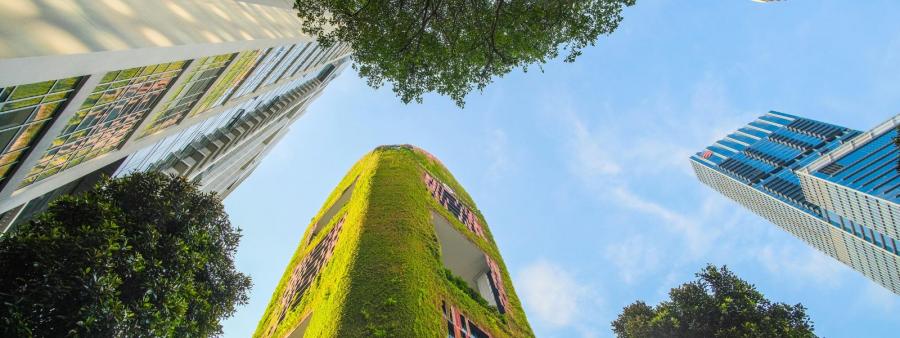Post-covid architecture: transformed cities

The pandemic has not only impacted our health, it has also forever changed the way we live and interact (with cities). From homes to public spaces such as squares, parks, and avenues, architecture became a key factor in ensuring physical, emotional, and social well-being.
In a previous article on architecture in post-COVID-19 cities, we explored the initial changes that the pandemic was driving. Today, several years later, we can see how those initial trends have consolidated and evolved into a new urban paradigm.
Urban challenges after the pandemic
Health, density, and air quality
The health crisis showed that poorly managed density can be a problem. Designing healthier cities involves rethinking ventilation, people flows, and the integration of nature into urban spaces.
Recovery of public space and proximity
The street has once again become an essential space. “15-minute” cities, where commerce, education, and leisure are close to home, have become a model to follow.
Flexibility and spatial adaptability
Spaces must be able to transform according to needs: classrooms that can be converted into community spaces, offices that can be adjusted to partial occupancy, and homes with multipurpose areas.
Homes of the future. What will they be like?
Hybrid spaces: work + home
Teleworking is no longer the exception. Homes now incorporate offices, teleworking areas, and multifunctional spaces.
Collective housing versus individualism
Collaborative housing models (co-living) that promote community, shared services, and resource efficiency are gaining ground.
Renovated public and urban spaces
Pedestrianization and active mobility
Pedestrian areas and bike lanes are expanding, promoting sustainable mobility and reducing dependence on private vehicles.
Parks, terraces, and micro-interventions
Green spaces and meeting places are multiplying. Even small squares or terraces are becoming highly valued as places for socializing.
Ephemeral architecture as an urban tool
Pavilions, temporary structures, and flexible street furniture allow for adaptation to changing events and needs.
Looking ahead: sustainability, resilience, and the hybrid city
Ecological regeneration and bioclimatic architecture
Post-COVID architecture must also be post-carbon: greener, more sustainable, and designed to mitigate the climate crisis.
Resilience in the face of future crises
The pandemic has taught us that architecture must be prepared not only for health emergencies, but also for climate and social emergencies.
Physical and digital connectivity
The urban future is defined as hybrid: the physical city is intertwined with a digital layer that expands services, participation, and accessibility.
Where are we headed?
In short, COVID-19 marked a turning point in architecture and urban planning.
What once seemed like a temporary response is now the basis for designing more humane, sustainable, and resilient cities. The architecture of the future will not only be an aesthetic exercise, but a commitment to health, equity, and innovation.